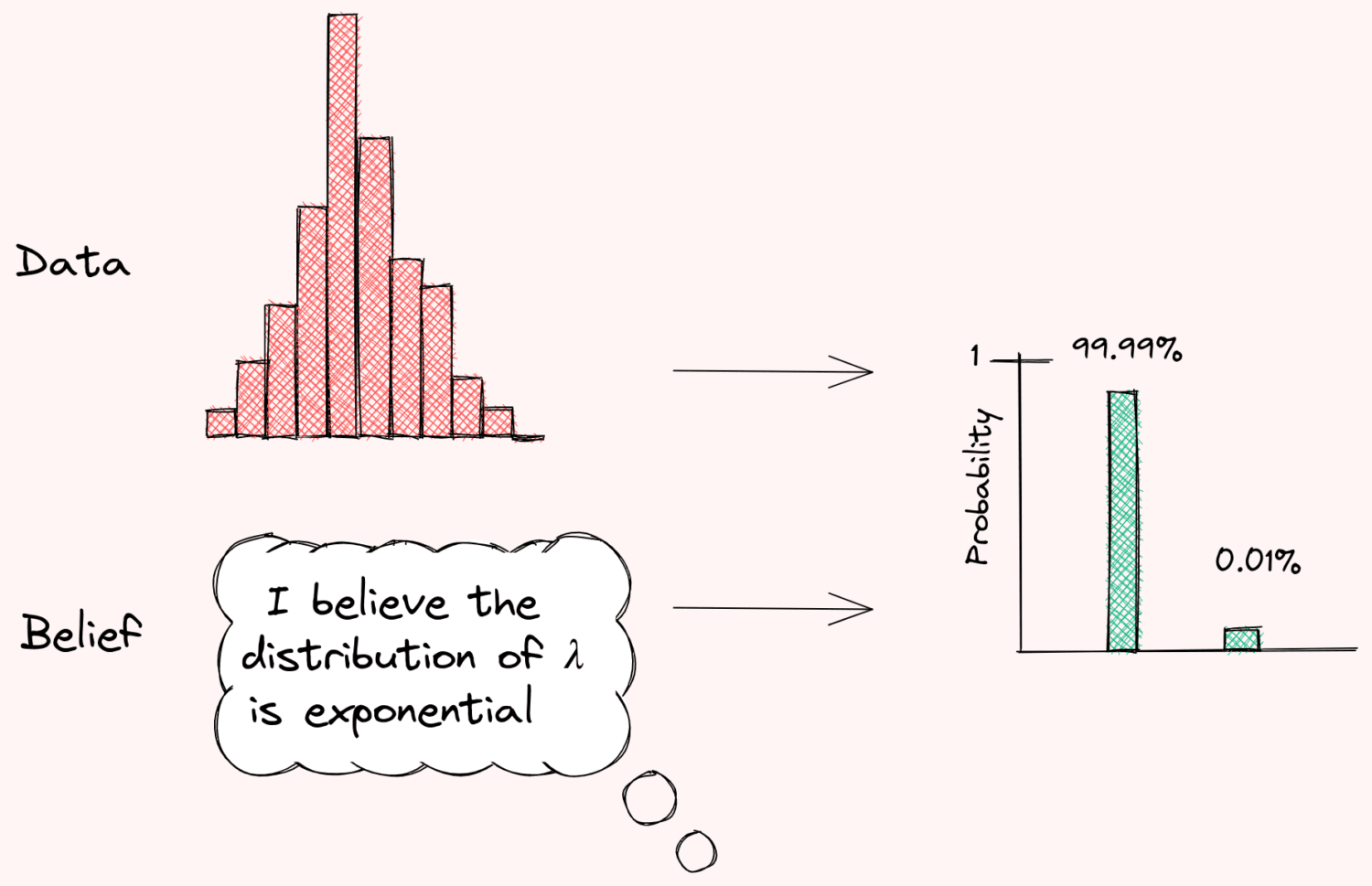Detect Change Points with Bayesian Inference and PyMC3
After looking at the views of your website, you suspect there might be a sudden change in the number of views after a certain date.
If there is indeed a date when the number of views changes suddenly, how do you find that date?
Wouldn’t it be nice if you can leverage observed data and some beliefs to guess the change point with high certainty? That is when Bayesian inference comes in handy.
In my latest article, we will learn what Bayesian inference is and how to use PyMC3 to perform Bayesian analysis.
Link to the source code.
Favorite
Detect Change Points with Bayesian Inference and PyMC3 Read More »




